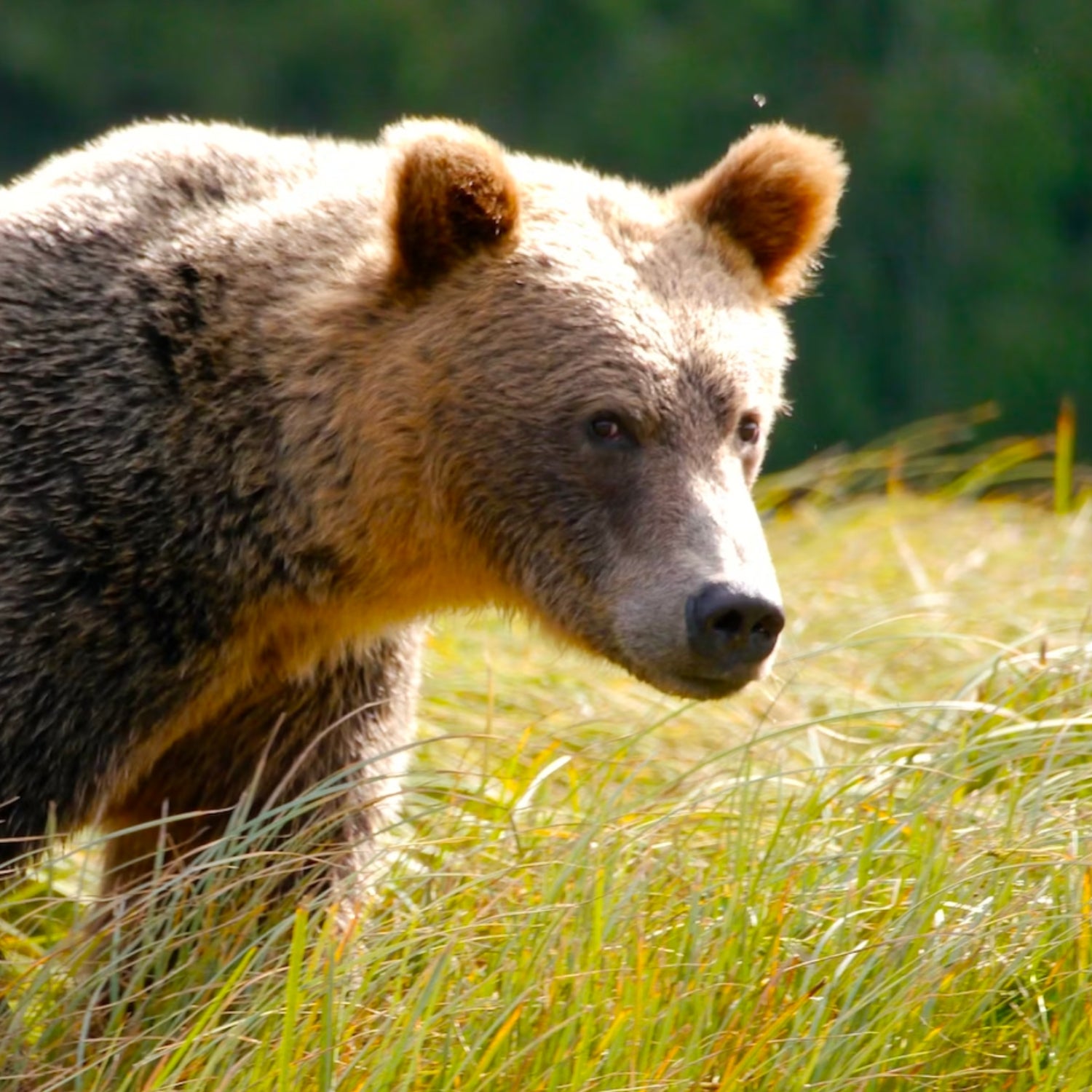A 21-year-old Canadian woman was attacked by a bear on Thursday, July 6, while she was planting trees near a wildlife preserve.
The attack happened shortly after 3 P.M. near Bearhole Lake Provincial Park, in northeastern British Columbia, from the province’s Conservation Officer Service.
“The bear first bluff-charged and the victim retreated to a nearby roadway, where the bear attacked,” the release says. “The bear eventually disengaged and ran off. A co-worker came to her aid and called for help.”
Conservation officers did not encounter a bear when they arrived on the scene, but they saw signs of bruin activity in the immediate area. Officials believe a grizzly bear was responsible for the attack.
The victim suffered serious injuries and was airlifted to a hospital in Prince George, . As of last week, officials said she was in stable condition.
Investigators believe that the bear was startled and acting in self-defense.
“Due to the defensive nature of the attack, and remote proximity of the location, Conservation Officers believe the risk to public safety is low and are not undertaking any trapping efforts,” the release says.
Up to 16,000 grizzly bears live in B.C., where the population is considered vulnerable. Habitat fragmentation and loss due to development is one of the largest threats the animals face, . The black bear population in B.C. ranges between 120,000 and 160,000, representing about one quarter of all black bears in Canada.
Last October, a “rare predatory attack” by a black bear injured three people, . That incident also occurred in northeastern B.C.
In its , B.C.’s Forest Safety Council provides useful information for anyone entering bear country. The guide emphasizes the importance of not surprising bears.
“Be especially careful when traveling in thick vegetation, into the wind or along creeks or streams, where bears are less likely to hear your approach,” the pamphlet says. “On hot days, bears may be resting in shady and cool areas such as near streams or under thick vegetation.”


